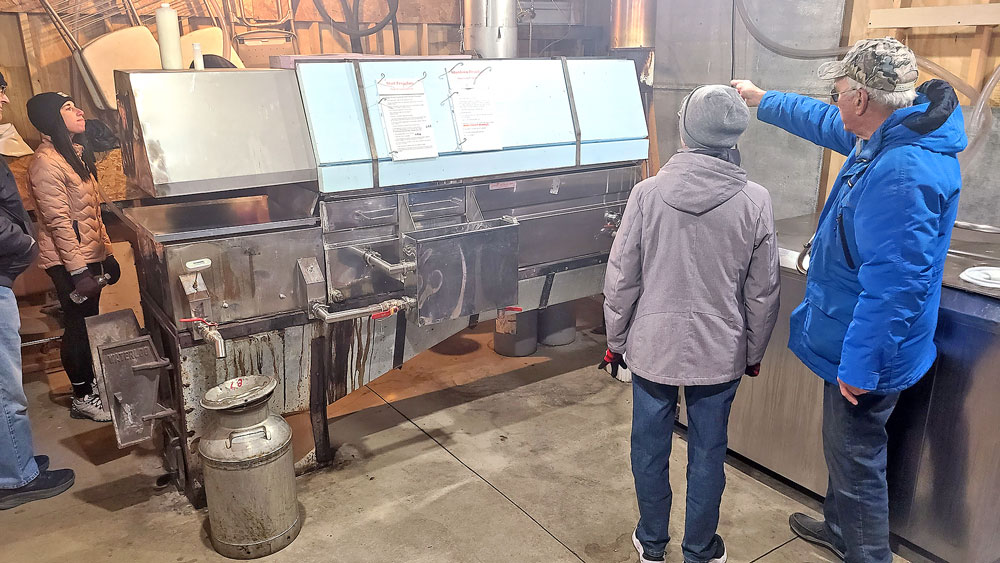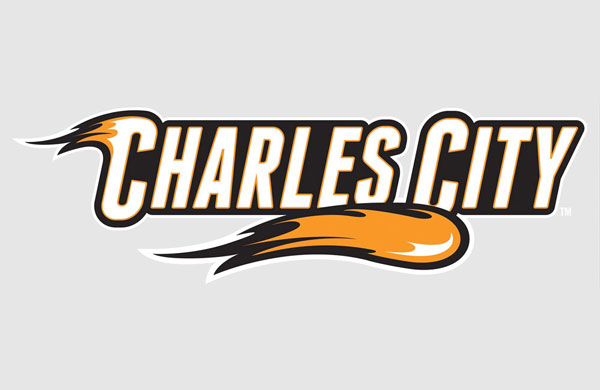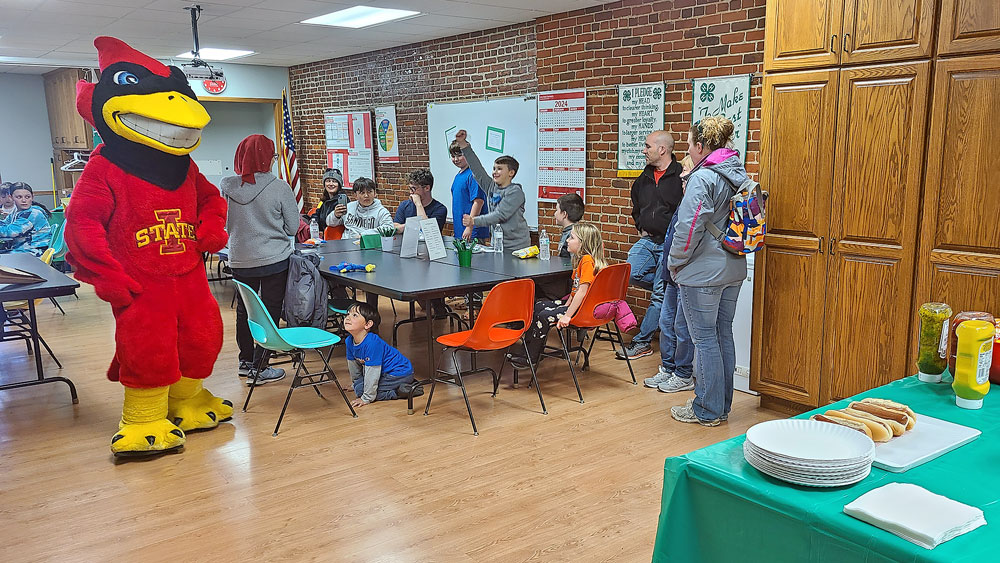Leave the sunglasses at home: Safe viewing for a solar eclipse


By Kate Hayden, khayden@charlescitypress.com
If you were planning on viewing the solar eclipse through sunglasses, Charles City optometrist Dr. Bradley Ellingson hopes you reconsider.
That’s because directly viewing any partial eclipse could risk permanently damaging the eyes.
“The primary risk is severe and even permanent damage to the retina,” Ellingson said. “During a partial eclipse such as the one we will experience here in Iowa, your eyes must be properly protected.”
Americans will have a unique opportunity to witness a solar eclipse on Monday, Aug. 21, for two to three hours, but preparation is required for a safe experience. Ellingson has already had local patients asking about what they should know ahead of the event.
The anatomy of eyes in direct sunlight is comparable to a kid frying ants on the sidewalk with a magnifying glass, he said.
“Your eyes contain a natural magnifying lens that behaves the same way when looking directly at the sun,” Ellingson said.
When a viewer looks directly at the sun, solar radiation kills the cells of the retina — a light sensitive tissue deep in the eyeball.
It is known as solar blindness, and can lead to temporary or permanent damage affecting the ability to read or recognize faces, according to the American Optometric Association.
Sunglasses, unfiltered camera or telescope lenses, or smoked glass don’t offer any protection.
“The most important thing is to prevent additional damage by immediately looking away from the sun. Examination by your eye doctor is also advised to determine if injury has occurred,” Ellingson said.
Ellingson and the AOA recommend approved solar filters that meet international standard ISO 12312-2, as either eclipse glasses or handheld viewers.
A list of reputable solar filters are available online at https://eclipse.aas.org/resources/solar-filters — and the American Astronomical Society warns consumers to watch out for viewers that could be dangerously inadequate knockoffs, or that are older than 2015, when the current standards were adopted.
Certified eclipse glasses allow viewers to watch the eclipse as it progresses. The only time it is safe to view the eclipse directly without any protection is for those two or three minutes of total eclipse where the moon completely blocks out the rays of the sun.
In Iowa, where we will see only a partial eclipse and part of the sun will always be visible, “It’s never safe to take the filters off,” Dr. Ralph Chou, a retired professor of optometry, told the Associated Press.
If all available solar eclipse viewers are back-ordered, there’s still time to DIY an indirect pinhole projector or viewer from a shoebox or kitchen colander. Resources are available online — the AAS links to a safe solar viewer project designed by the College of Charleston Department of Physics and Astronomy.
The devices allow people to view of projection of the sun, rather than directly witnessing it.
For families interested in experiencing the first solar eclipse spanning the U.S. in 99 years, the Fossil and Prairie Center in Rockford is offering programming beginning at 11 a.m. The first 20 pre-registrants received free solar eclipse glasses for safe viewing. For more information, contact the center at 641-756-3490.
The Associated Press contributed to this report.









Social Share